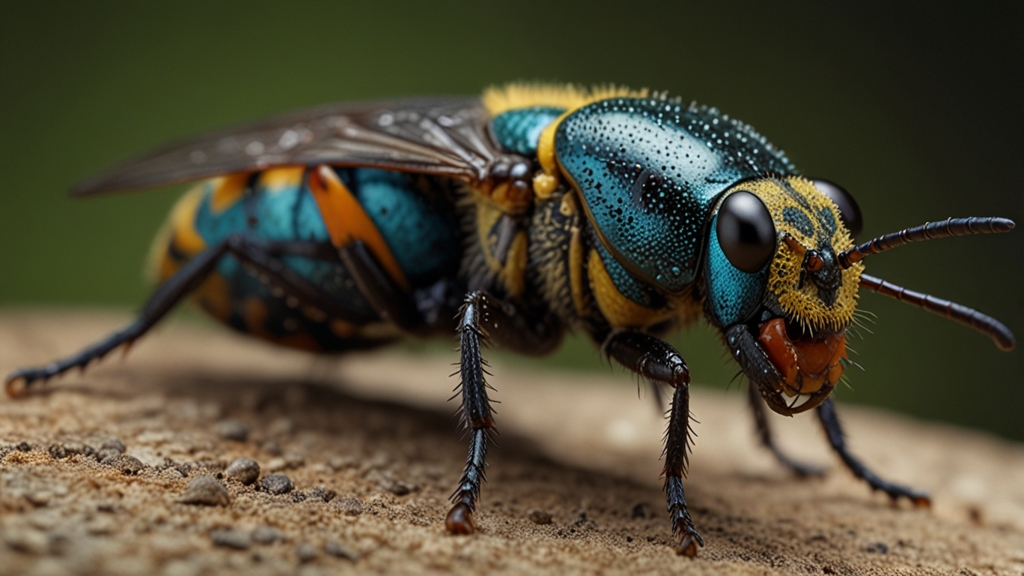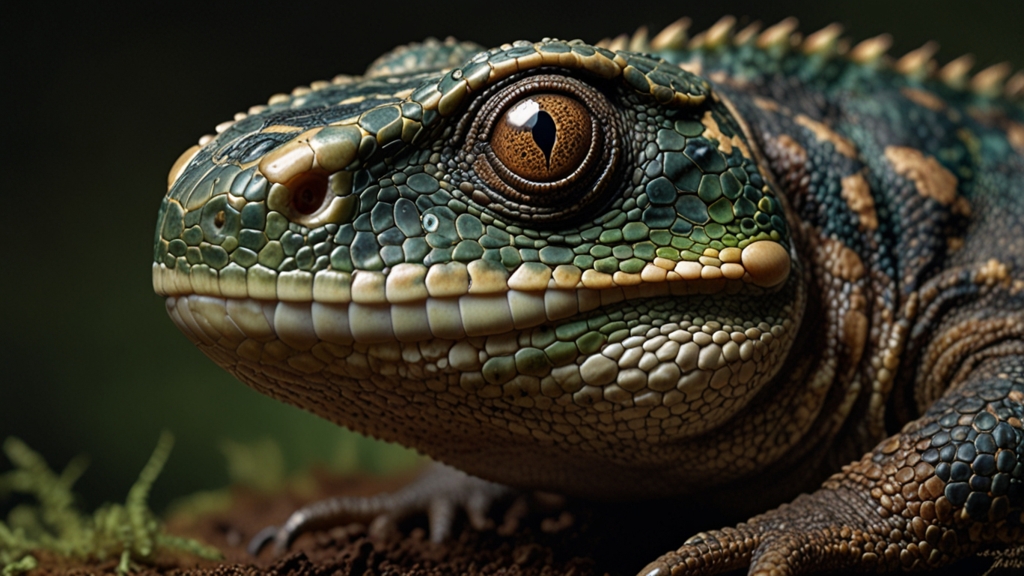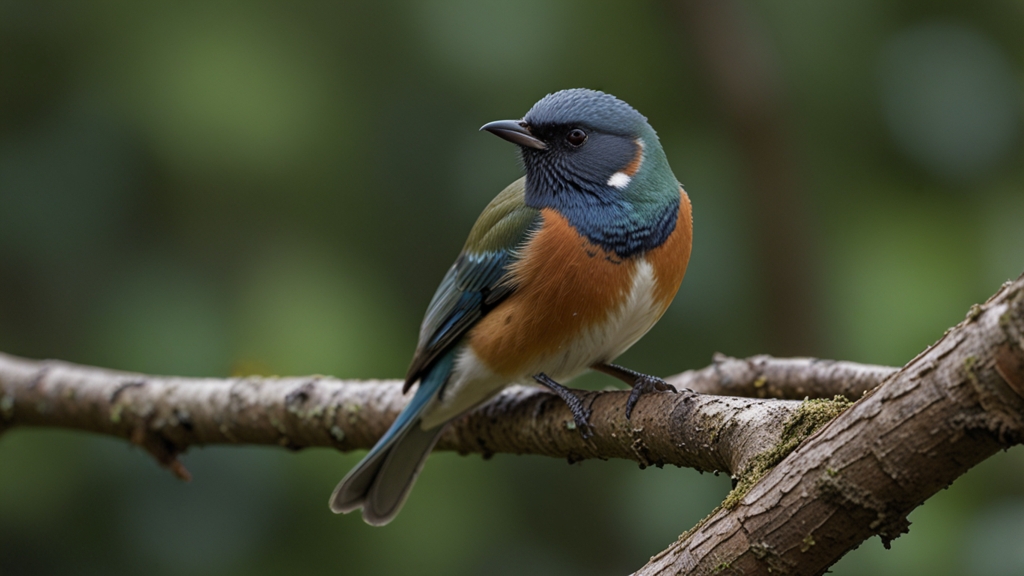Creepy Crawlies: The Most Dangerous Insects You Never Knew Existed
When we think of dangerous creatures, our minds often jump to predators like lions, sharks, or bears. Yet, some of the most perilous beings on Earth are much smaller and arguably ubiquitous. Insects, though tiny, can cause substantial harm through venom, disease transmission, and allergic reactions. Here are some of the most dangerous insects you probably never knew existed.
Bullet Ant
The Bullet Ant, found primarily in the rainforests of Central and South America, is famous for its excruciatingly painful sting. It's often referred to as the "24-hour ant" because the pain from its sting can last a full day. The venom affects the central nervous system and causes intense burning, swelling, and throbbing. For many indigenous tribes, surviving a Bullet Ant sting is a rite of passage into adulthood.
"The pain is so immediate and intense that it shuts down all illusions of life as normal. Imagine sticking a 3-inch rusty nail into your heel." - Justin Schmidt, Entomologist
Tsetse Fly
Native to Sub-Saharan Africa, the Tsetse Fly is a carrier of Trypanosomiasis, commonly known as sleeping sickness. This disease affects both humans and animals. Once bitten, the parasite can invade the victim's central nervous system, causing symptoms ranging from fever and headaches to severe neurological disorders and even death if untreated.
Kissing Bug
The Kissing Bug, native to the Americas, might appear harmless at first glance. However, it transmits Chagas disease, which can be fatal. The insect bites humans around the mouth, hence the name "Kissing Bug." The parasites it carries enter the bloodstream and can cause chronic conditions affecting the heart, digestive system, and nervous system. Early symptoms are easy to overlook but untreated Chagas disease can be deadly.
Japanese Giant Hornet
Residing predominantly in Japan, the Japanese Giant Hornet is the world’s largest hornet and is known for its potent venom, which contains a cocktail of cytotoxins and neurotoxins. A single sting can lead to anaphylactic shock, and multiple stings can be lethal due to the amount of venom injected. These hornets are particularly aggressive and are responsible for numerous human fatalities each year.
"In Japan, these hornets account for up to 40 deaths annually, more than the fatalities from bears and snakes combined." - National Geographic
Botfly
Though not typically life-threatening, the Botfly lays eggs on a host, and once the larvae hatch, they burrow into the skin. This can lead to severe irritation, infection, and intense pain. Native to Central and South America, Botflies usually infect mammals, including humans, and require medical intervention to safely remove the larvae.
Driver Ants
Driver Ants, found mainly in Africa, travel in colossal swarms capable of overrunning any animals or humans in their path. These ants are highly aggressive and can cause significant damage with their powerful mandibles. Although a single ant bite isn’t dangerous, the sheer number and the aggressive nature of a swarm can lead to severe injury or even death by suffocation as they cover their prey completely.
Conclusion
While insects may appear small and insignificant, some carry potent venoms, aggressive behaviors, or harmful diseases that make them deadly to humans and animals alike. Understanding and respecting these creatures can be key to avoiding dangerous encounters.
"In the battle between humans and the insect world, size doesn't always determine the winner." - Unknown
Next time you’re in the great outdoors, keep an eye out for these dangerous creepy crawlies. Your awareness could potentially save your life or the life of someone you know.













